With solar eclipsing coal as the lead source of electricity generation in Australia these last days, the question of how to manage this powerful but unpredictable fleet is already a pressing issue.
While working at IBM, Julian de Hoog, Peter Ilfrich and Maneesha Perera – cofounders of startup Solstice AI, saw industry were crying out for accurate numbers on particular area’s solar systems and, more importantly, their expected generation over any given day.
Combining satellite analysis
It is this need Solstice AI hopes to fill. “We’ve developed this AI [artificial intelligence] model where, with very high accuracy, you can go and find all the solar on the rooftops,” de Hoog says.
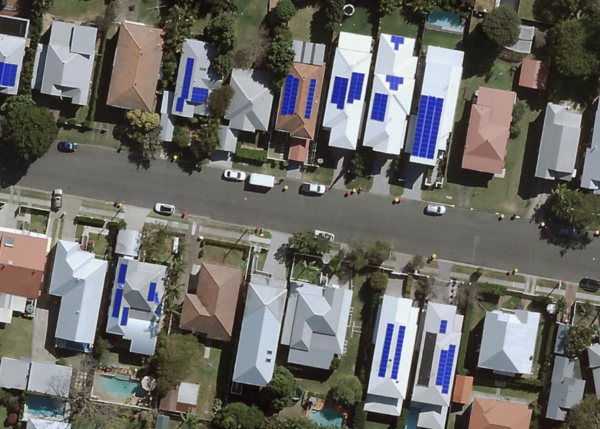
Image: Solstice AI
To be specific, the accuracy sits at over 97%, with the model able to differentiate between exporting solar systems and solar hot water systems. It also integrates whether the systems are north or east facing – revealing whether they will capture the morning or afternoon sun.
With that model already built and working, the team is now integrating it with real-time cloud movement from satellite images. Currently working with one hour forecasts, the model uses the information from these two datasets, along with some other minor metrics, to create a forecast of the output of all solar systems across a region, as well as individually.
“The reason we got involved in this is that I’m not aware of anyone doing both together,” de Hoog says.
Future solution
The most promising use case for such forecasting will happen when distributed storage becomes more widely integrated, de Hoog says. “Then you can start to manage your scheduling of your energy storage in response to your forecasts.”
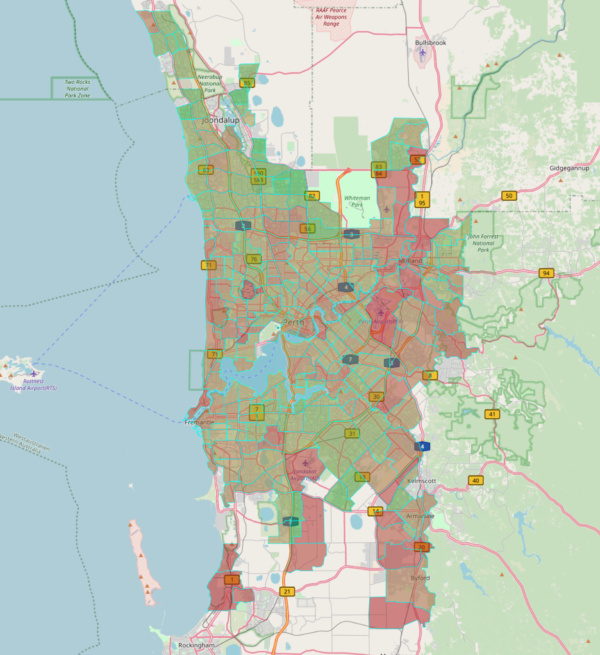
Image: Solstice AI
In other words, once more community and household batteries are installed on low voltage networks, many of the issues surrounding the unpredictability of rooftop solar fleets can actually be managed locally by integrating forecasts with energy management software and AI technologies, rather than needing to call to centralised generators.
“In a way, some of the solutions we’re building right now, we’re aware that it will take a year or two before they’re needed – but at that point we’re hoping they’ll be proven,” de Hoog says.
Forecast timeframes
The company is currently looking at creating one hour forecasting, but de Hoog acknowledges it is probably more valuable to go up to three, six, and 24 hours so energy markets have more time to respond.
“We’re actually still working on answering that question [of forecasting timeframes] and figuring out what we should be targeting to add the most value and create the most useful solution,” de Hoog says.
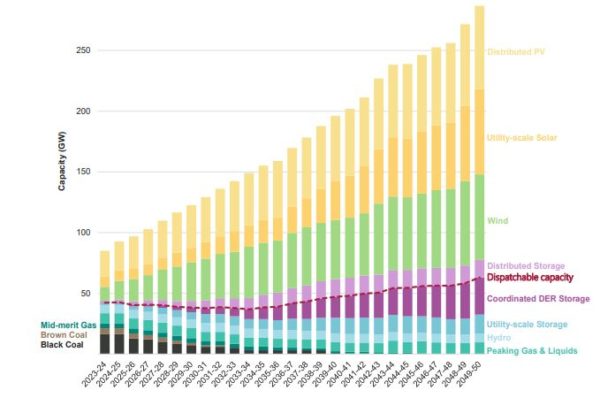
Image: AEMO
“The reason we’re looking at this short term forecast is that it might be enough to prepare gas-fired peakers to respond to that, it would help to keep the market from going all over the place. But another part of it may be that we’re still developing the solar imagery forecasts and one hour ahead is pretty good but once you start getting to 24 hours ahead, forecasting the clouds becomes quite difficult,” de Hoog says.
Both de Hoog and his cofounders have previously worked on day ahead forecasting. Far from overjoyed with that meteorological data, the company is currently using data from stationary satellites which take images of their regions every 10 minutes.
Customers and cost
While developing the technology, de Hoog says the team realised that just knowing where solar is can be quite valuable. For instance, that data can be used for electric vehicle uptake, since householders with solar are more likely to invest in an EV.
In terms of the forecast solution though, de Hoog says it is really for anyone exposed to wholesale prices, including generators, retailers with buying flexibility, and network operators.
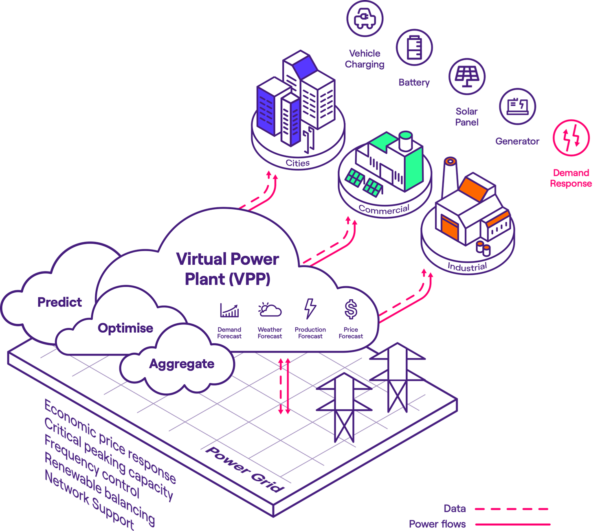
It could also be useful for companies involved in aggregating solar and storage fleets through virtual power plants (VPPs).
“If you can forecast [solar’s part] of the energy mix better, it helps you forecast price better, which helps you bid more strategically – which, I believe, helps everyone start bidding a bit more intelligently and forecasting total net demand more accurately and the whole thing becomes more stable.”
Currently, the company is looking at using a subscription based model for its products, though this is still to be finalised.
Australia first
Australia leads the world in the rollout of rooftop solar, which means many of the issues already being encountered here – including problems around voltage control and two-way energy flows in local networks – are still some years away for the rest of the world.
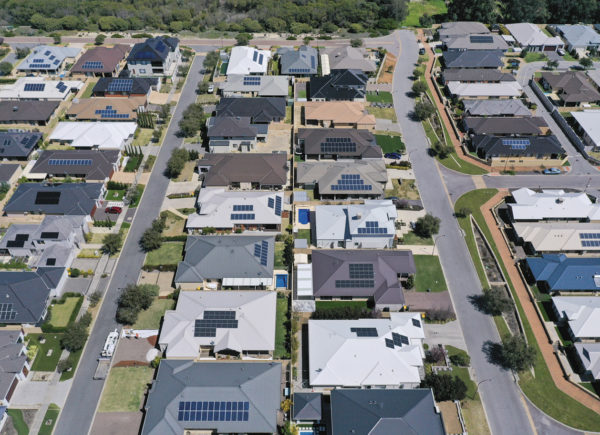
Image: Project Symphony
“If we can solve these problems in Australia today, we’ll be ready for all these other markets when they start to have these issues,” de Hoog says.
The CEO recently relocated back to his home country, Canada, after living in Australia for many years. While his co-founders remain in Melbourne, the move, he says, helps open the startup up to its ultimate target markets in the US and North America – which have far greater populations.
“Solar is the fastest growing form of energy generation and anybody who looks at the projection of where solar is going, is going to realise there’s going to be so much of it and we’re going to have so many challenges to integrate it all and we need to address these now. And there are also real opportunities there from a business point of view.”
Projects
Solstice AI is currently working with a cohort of other companies on the ARENA-funded Project EDGE (Energy Demand and Generation Exchange). The project is developing a Distributed Energy Resource (DER) Marketplace which operates assets like rooftop solar and batteries to provide both wholesale and local network services, using different metrics from a VPP.
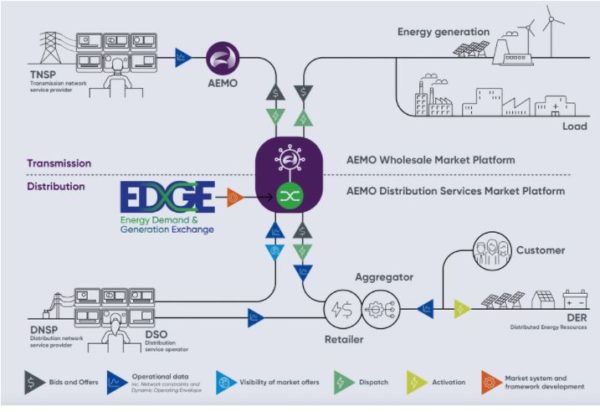
Solstice AI is working on the forecasting side of the project, controlling fleets to respond to constraints of the local transformers and feeders.
The company was also recently selected as one of ten startups in EnergyLab’s 2022 cohort for its Climate Solutions Accelerator program.
This content is protected by copyright and may not be reused. If you want to cooperate with us and would like to reuse some of our content, please contact: editors@pv-magazine.com.
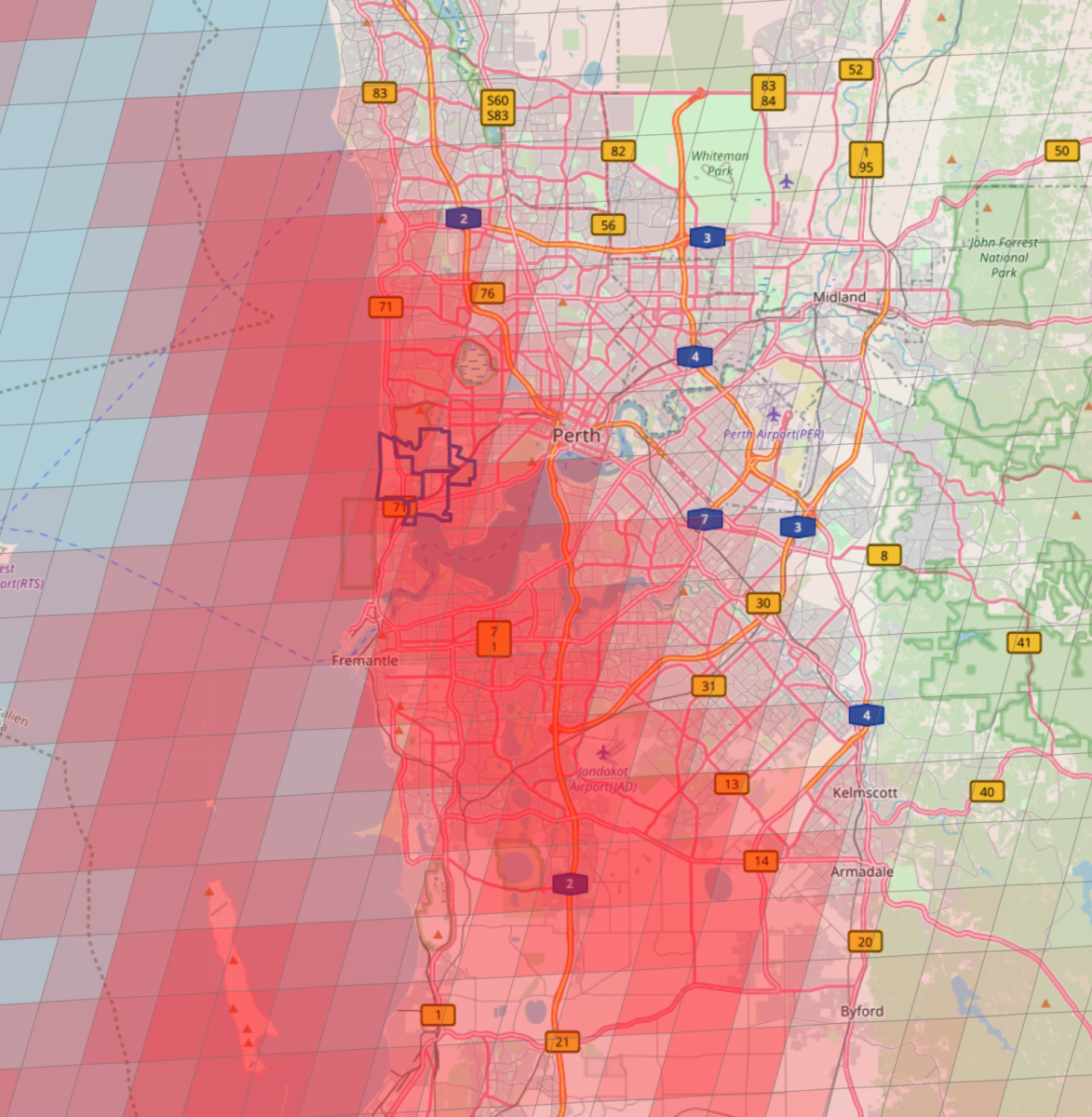
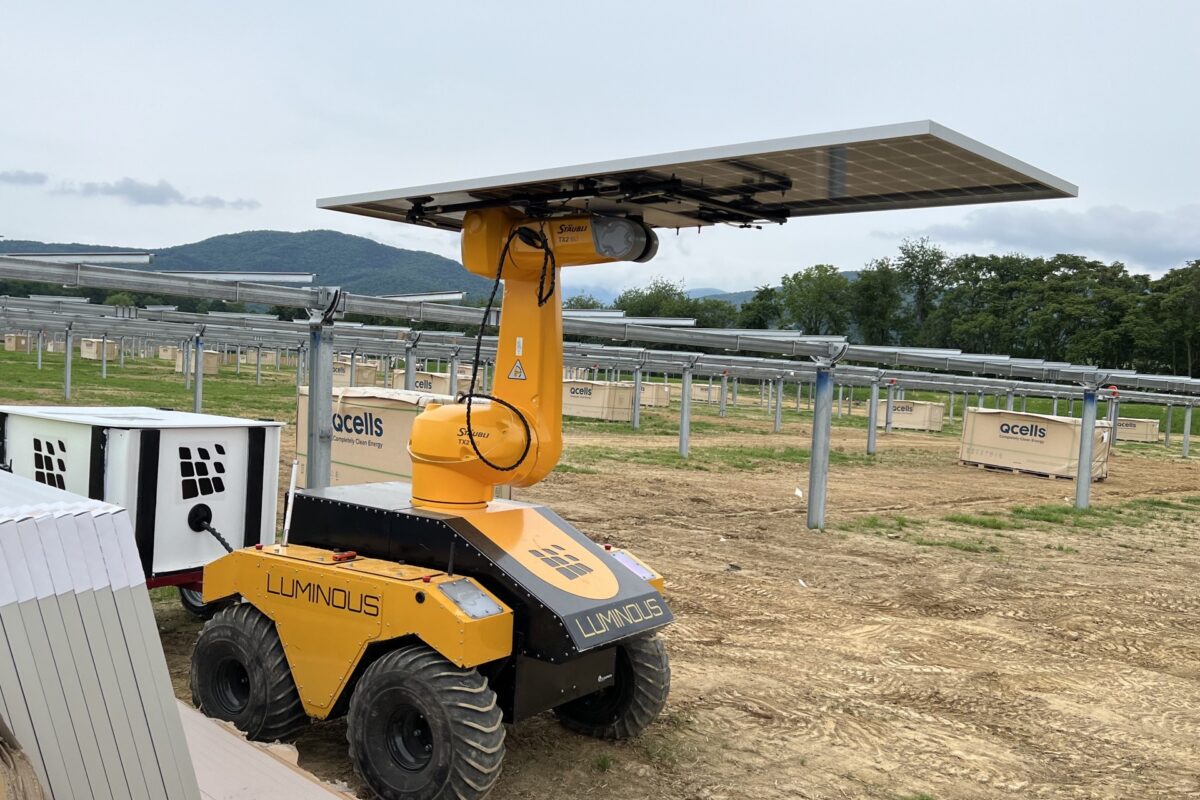







13 comments
By submitting this form you agree to pv magazine using your data for the purposes of publishing your comment.
Your personal data will only be disclosed or otherwise transmitted to third parties for the purposes of spam filtering or if this is necessary for technical maintenance of the website. Any other transfer to third parties will not take place unless this is justified on the basis of applicable data protection regulations or if pv magazine is legally obliged to do so.
You may revoke this consent at any time with effect for the future, in which case your personal data will be deleted immediately. Otherwise, your data will be deleted if pv magazine has processed your request or the purpose of data storage is fulfilled.
Further information on data privacy can be found in our Data Protection Policy.